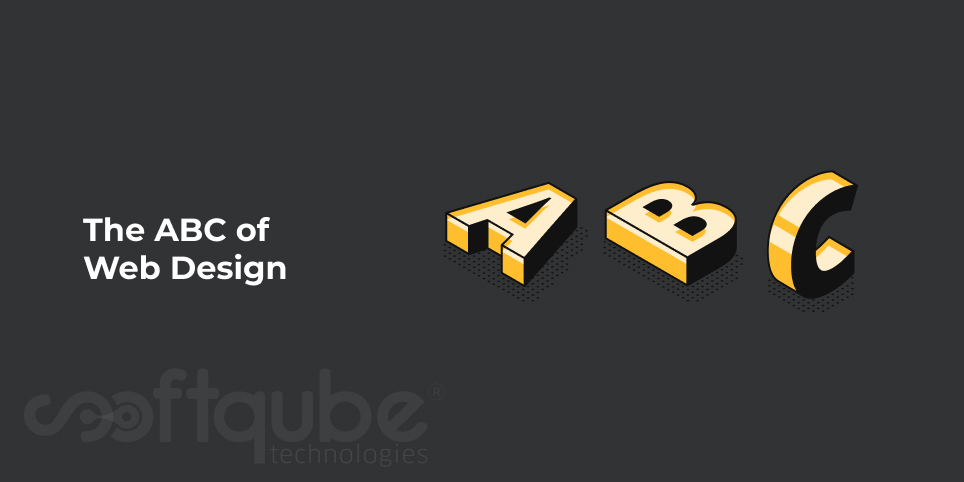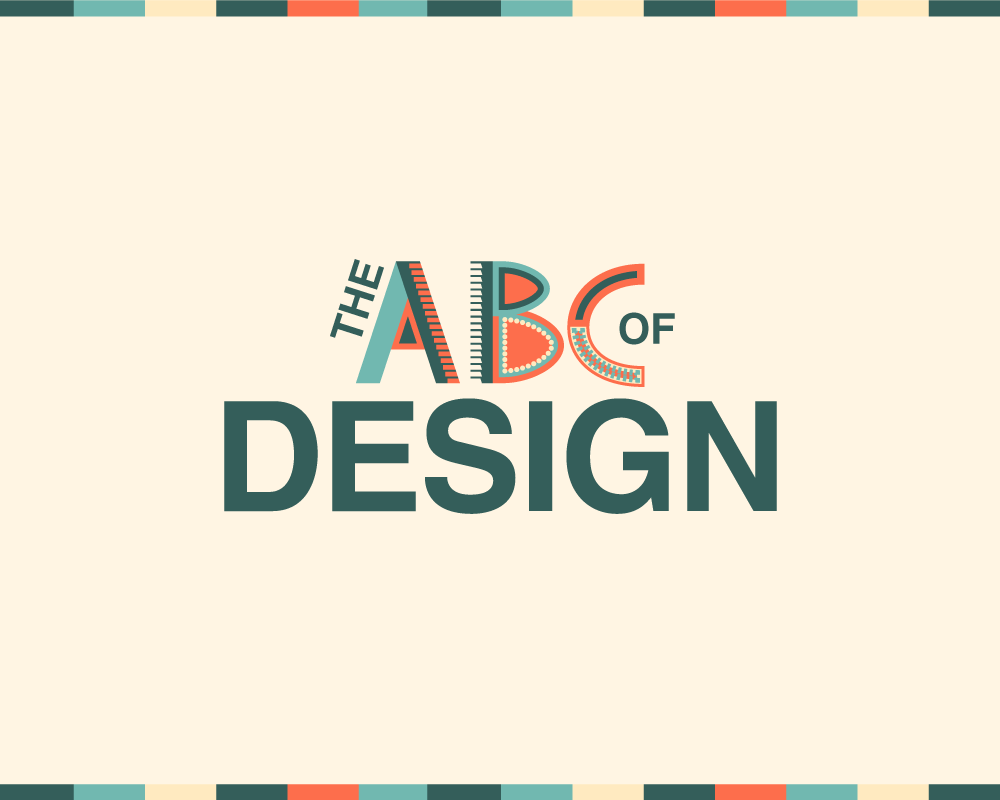The ABC of Web Design
February 4, 2016

If you have gone through our previous blog posts then you might be aware of all Android technical terms and Jargons. By the way, in our blog posts; we have included all the best possible terms and jargons about Android development.
In the similar way, in today’s blog post; we will cover all the main terms and jargons of web design. For normal people who are not related to IT field; these jargons can be confusing. So, here goes all the terms defined in a simple format.

Web Design Terms A – O:
- A stands for Accessibility: By accessibility we mean to identify whether a website is easy for users to navigate or not. It is mandatory for websites that they can be viewed properly on various platforms and devices along with various search engines and referral sites.
- B for Browser: Web Designs are seen in browsers. Each and every browser is separate from Chrome and Safari to Firefox or Mozilla. Hence, it is necessary to know that web designs must be compatible with all these.
Once you are aware of the specifications of each of the browsers then it can easily provide relevant information along with perfect criteria that a design must fulfill so that it can be easily accessible on board.
- C Stands for Content Management System: The system that can be used for web designers to update the content as well as manage all the websites without the need of any proper HTML knowledge is known as Content Management System.
Few well known user friendly CMS include WordPress, Drupal and Site core.
- D for Domain: Domain is the name of the URL that is used to access the website and the name of the website address that users type in the address bar to get its access.Let’s say admin.softqubes.com. This is the Domain name.
Those that are easily searchable are considered as shorter and more relevant.
- E for Elastic Layout: Depending on the font size chosen to view the website; a website layout is developed that is seen in the browser. The more the font size the larger the web design resolution.
Be it larger or smaller, websites must always get adapted to user’s preferences.
- F stands for Fold: This shows the invisible line between the top and rest of the page. It is only accessible once you scroll down. It is a belief that important information must be available above this invisible line.
- G stands for Graphic Design: When we talk about Web design, graphic design is included. Every website is in need of exciting visuals that can encourage users and increase encouragement.
Here, graphics play an important role. It can be anything say logos or micro interactions, header images or we can say clip art.
- H for HTML: HTML is used to develop web designs. Various web development tools are available that can be used instead of coding but HTML is the initial stage where website formation takes place.
This web design language is used for various small and large projects including small, complex and simple. If you would like to try your hands on this coding language then you can begin with page titles, paragraph layouts, list layouts and table layouts.
- I for Inline style: It is one of the HTML forms that can be applied to single code lines. Let’s say if the style of one line text on a website is different from another then this is because inline styling is included in HTML and CSS.
Inline styles are applied to single HTML lines and they override any other CSS which is to be implemented into the code.
- J for JavaScript: Like as HTML, JavaScript is also another coding language that is used by designers and developers to develop a website. It is also used to create interactive effects in a web design.
It adds functionality to any web page that allows it to respond to the actions of users.
- K for Keywords: Keywords show what search terms the websites need in order to get ranked on search engines. Here, website owners can choose these keywords and hence it is necessary that these keywords must be relevant to business and brand.
- L for Liquid Layout: It is very similar to elastic layout however it offers various user percentage preferences that are to be considered instead of font.
- M for Metadata: A website contains various details like as using Meta data to describe the page. This contains page Meta descriptions as well as meta tags that are used by bots and search engines to crawl the website so that its gets ranked in search results.
- N for Navigation: When we talk about navigation, this means how easily users are able to use your website including menus, sitemaps as well as navigating through web design. Most of the web designs can have simple yet effective navigation which avoids users from disruptive flows.
- O for objectivity: When you create any web design then it must always be developed without influence of others opinions. Chances are the target audience may got benefitted for the proposal.
Take Away:
Well, the list is till remaining. We will discuss the remaining terms in our next blog. For them stay connected Softqube Technologies from where you can hire expert web designers at nominal costs.
Keep in touch to know about hip and happenings related to Web Design.
Share on







